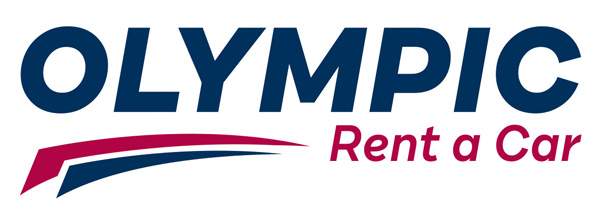Case Study: Loyalty Strategy Analysis for Olympic Rent-A-Car
Overview
Olympic Rent-A-Car, the fourth-largest car rental firm in the U.S. with a 7% market share and $10B in annual revenue, is facing stiff competition from Enterprise and Hertz. This case study explores the competitive pressure from Enterprise’s new loyalty program and proposes data-driven strategies for Olympic to protect and grow its market position.
Objective
To analyze Olympic’s current loyalty framework (Medalist Program), benchmark it against competitors, and recommend customer-centric, financially sustainable strategies to strengthen market share in a loyalty-driven rental industry.
Strategy & Execution
Company Snapshot
Founded in 1976; operates 108,000 vehicles across 464 U.S. locations.
Most business (~80%) is derived from airport rentals.
Key differentiator: competitive rental pricing and Medalist loyalty program.
Medalist Loyalty Program
Free to join; 16 credits = 1 free rental day or upgrade.
Generates 21% of company revenue.
Weakness: limited marketing, only 1 in 10 travelers are members.
Blackout dates reduce flexibility during peak travel.
Market Challenge
Enterprise’s new program is more aggressive: rewards based on dollars spent and no blackout dates.
Risk of price war, rising operational costs, and market erosion if Olympic doesn’t evolve.
Financial Impact Model
Current free rental cost: ~$7.63M
Predicted cost to match Enterprise’s model: ~$9.89M
Cost increase required to stay competitive: ~$2.26M annually
Strategic Recommendations
1. Evolve Loyalty Model – But Smartly
Introduce spend-based rewards (like Enterprise) for frequent, affluent travelers.
Retain a simple, day-based reward track for price-sensitive users.
Offer tiered benefits (Bronze/Silver/Gold) to maximize retention across segments.
2. Modify Blackout Rules
Instead of removing them entirely, limit blackout dates to prevent brand damage while protecting peak inventory.
Focus reward redemptions during off-peak seasons with value add-ons.
3. Expand Digital Presence
Strengthen online bookings and optimize visibility on Kayak, Expedia, Priceline, etc.
Improve website UX, integrate loyalty tracking and tier-based reward calculators.
4. Partner Ecosystem
Collaborate with credit card companies, airlines, and hotels for bundled loyalty perks.
Incentivize employer-corporate partnerships for business traveler retention.
5. Use Analytics for Optimization
Track member behavior and optimize reward thresholds by profitability tiers.
Utilize fleet analytics to improve vehicle utilization and reward value modeling.
Results & Takeaways
Key Learnings
A one-size-fits-all loyalty strategy doesn’t work in a fragmented user base.
Customer retention is cheaper and more profitable than acquisition.
Digital price transparency platforms make brand loyalty fragile if not maintained.
Tools & Methodologies Used
Loyalty Program ROI Modeling
Variable Cost Forecasting
Competitive Benchmarking
Customer Segmentation Analysis
Third-party Platform Strategy
